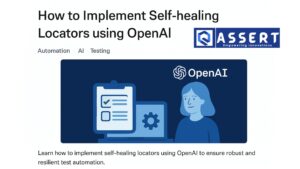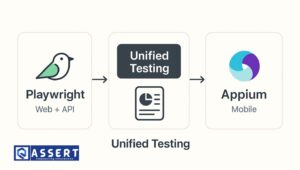Today, mobile users expect apps to be fast, smooth, and stable. If your app is slow, freezes, or crashes, users will uninstall it immediately.
This is where mobile performance testing helps.
In simple words:
👉 Mobile performance testing checks how fast, stable, and smooth a mobile app works under different conditions.
What Is Mobile Performance Testing?
Mobile performance testing means checking how well your app performs when:
-
Many users open the app
-
Internet is slow
-
Device memory is low
-
Device battery is low
-
The app runs for a long time
-
The device is old or low-end
It helps you understand the app’s speed, stability, and resource usage.
Why Is Mobile Performance Testing Important?
Here is why it matters:
✔ Prevent app crashes
Users uninstall apps that crash often.
✔ Improve app loading time
Fast apps get better ratings and reviews.
✔ Works smoothly on low-end devices
Not all users have high-end phones.
✔ Saves battery and memory
Users avoid apps that drain battery.
✔ Helps your app survive real-world traffic
Apps must support thousands of users during sale, festival, or launch events.
Types of Mobile Performance Tests
Here are the major types explained in simple English:
1️⃣ Load Testing
Checks how the app works when many users open it at the same time.
2️⃣ Stress Testing
Pushes the app beyond limits to see when it breaks.
3️⃣ Spike Testing
Sudden traffic increase (example: 100 → 10,000 users instantly).
4️⃣ Endurance Testing
Runs the app for long hours to check memory leaks.
5️⃣ Network Performance Testing
Tests how the app behaves on:
-
2G
-
3G
-
4G
-
5G
-
WiFi
-
No network
6️⃣ Battery & Resource Testing
Checks battery consumption, CPU usage, RAM usage.
Popular Tools for Mobile Performance Testing
Here are some simple and popular tools:
1️⃣ JMeter
Free and widely used for load testing.
🔗 https://jmeter.apache.org/
2️⃣ Firebase Performance Monitoring
Free from Google, easy to use for Android apps.
🔗 https://firebase.google.com/docs/perf-mon
3️⃣ Android Profiler (Android Studio)
Helps track CPU, memory, network, and battery.
4️⃣ Xcode Instruments
For iOS apps—shows memory, CPU, battery usage.
5️⃣ Appium + JMeter
Used together for automation + performance.
How to Start Mobile Performance Testing (Step-by-Step)
Here is a very simple step-by-step plan:
Step 1: Define Your Goals
Ask simple questions like:
-
How fast should the app load?
-
How many users should it support?
-
What devices must we test on?
Step 2: Create Test Scenarios
Example scenarios:
-
Login with 1,000 users
-
Add items to cart during sale
-
App running for 3 hours
-
App usage with low network speed
Step 3: Select Tools
Choose tools based on:
-
Android or iOS
-
Manual or automation
-
Your project budget
Step 4: Execute Tests
Run all scenarios on:
-
Real devices
-
Emulators
-
Cloud platforms like BrowserStack
🔗 https://www.browserstack.com/app-live
Step 5: Analyze Results
Check:
-
App load time
-
Memory usage
-
CPU usage
-
Battery drain
-
Network speed impact
Step 6: Fix Issues and Retest
After developers fix problems, run the same tests again.
Best Practices for Beginners
Here are simple tips:
✔ Always test on real devices
✔ Test on slow networks
✔ Monitor battery, CPU, and memory
✔ Use cloud device farms for more coverage
✔ Test both Android + iOS
✔ Test on old, mid-range, and high-end devices
Conclusion
Mobile performance testing is very important to make your app fast, smooth, and reliable.
With the right tools and simple testing steps, even beginners can perform strong performance testing.
If your app loads fast and works smoothly, users will be happy — and your app will grow quickly.




